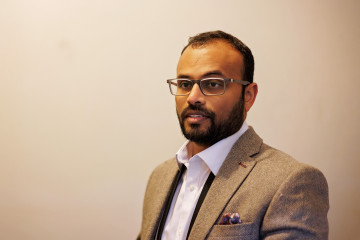PhD Studentship
In vitro modelling of bone infection for osteomyelitis and osteoradionecrosis

At a glance
In progress
Award date
September 2024 - September 2028
Grant amount
£135,000
Principal investigator
Dr Gowsihan Poologasundarampillai
Co-investigator(s)
Institute
University of Birmingham
R
- Replacement
